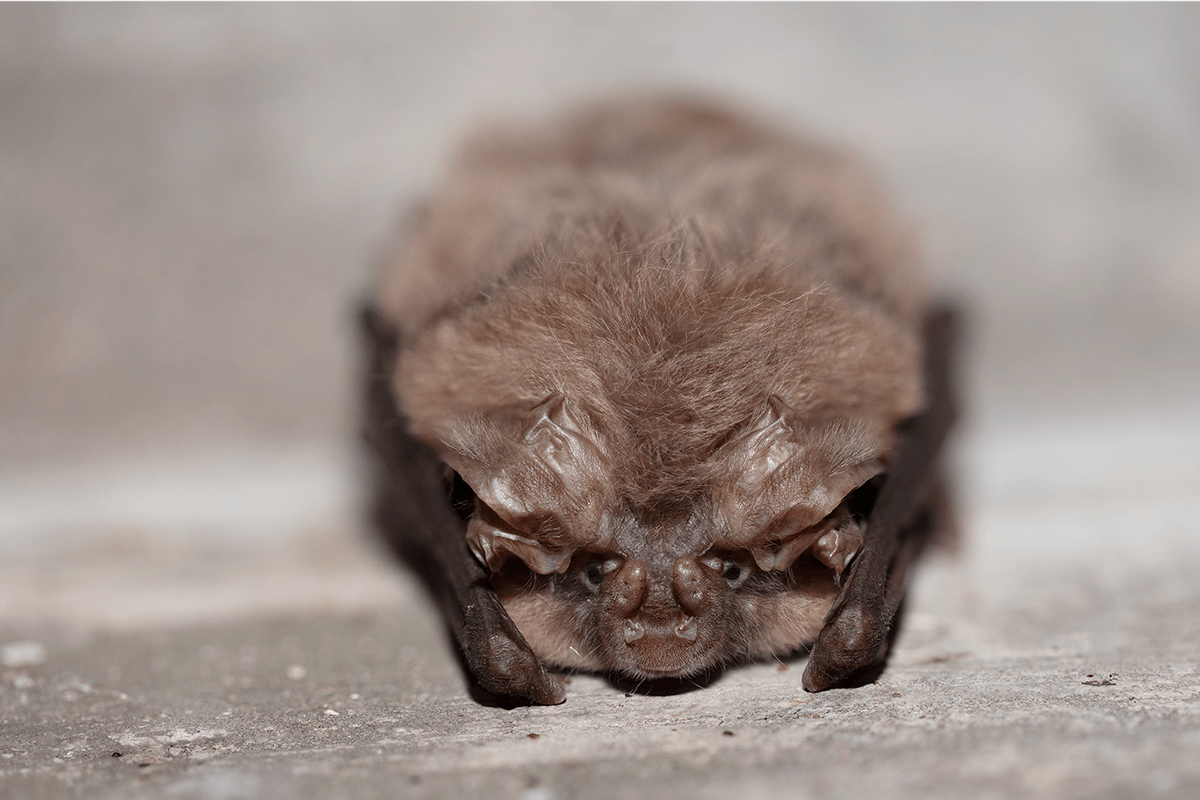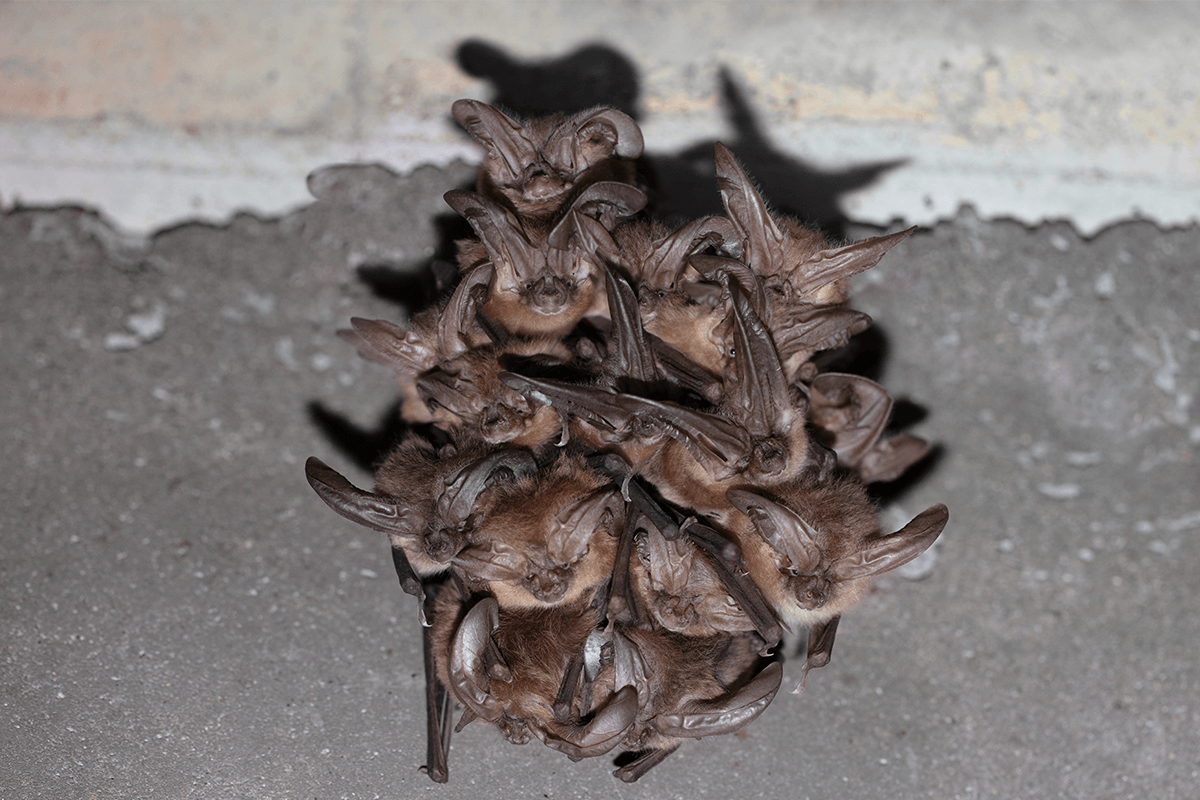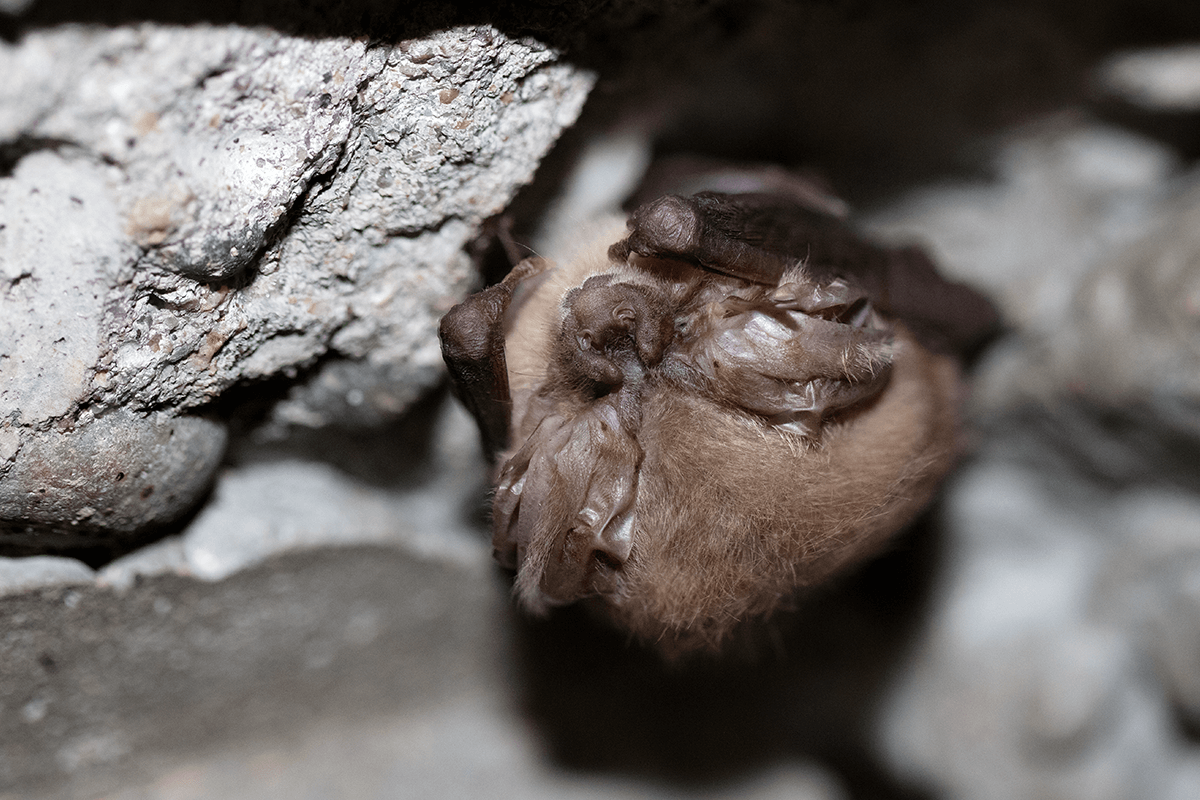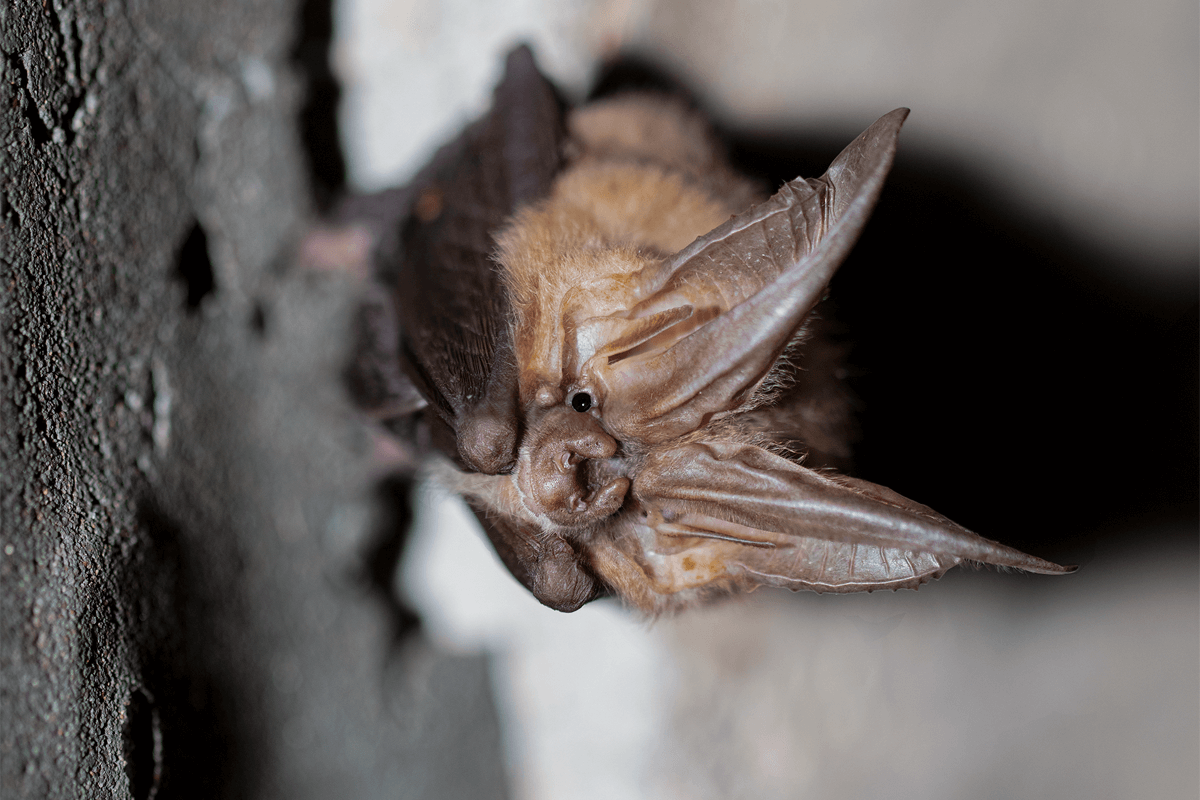



About the Western Bat Working Group
The Western Bat Working Group arose from an effort in 1994-96 to develop a range-wide conservation strategy for Townsend’s big-eared bat, Corynorhinus townsendii, as part of a proactive conservation approach to preclude formal listing of the species as threatened or endangered. Since that time, our members have been engaged in various conservation efforts including:
-
the development and revision of bat species accounts,
-
the development of bat survey matrix, and
-
the writing and implementation of an Action Plan for the Board of Officers.
01.
Mission
-
1
facilitate communication among interested parties and reduce risks of species decline or extinction;
-
2
provide a mechanism by which current information regarding bat ecology, distribution, and research techniques can be readily accessed; and
-
3
develop a forum in which conservation strategies can be discussed, technical assistance provided, and education programs encouraged.
02.
Vision
... all interested and responsible individuals, agencies, interest groups, and businesses will work cooperatively to ensure that bats are conserved throughout their existing range, and within suitable historic range. Bats will be preserved for the sake of biological diversity, ecological integrity and for the benefit of present and future humanity.
03.
Objectives
-
1
increase efficiency of bat management and conservation by facilitating better communication among responsible and interested parties;
-
2
encourage continuity and standardization in survey techniques, data collection and storage, monitoring, and State permit requirements;
-
3
encourage management and research efficiency by recommending effective techniques and minimizing duplicate efforts;
-
4
encourage land management practices that benefit bat populations, support practices that minimize unavoidable impacts, and recommend mitigation as needed;
-
5
facilitate inventory, monitoring, and assessment of bat species and their habitats;
-
6
facilitate formulation, implementation, and evaluation of conservation strategies for individual species or groups of species;
-
7
encourage and/or assist in providing training concerning bat inventory, monitoring, and research techniques which emphasize bat welfare and human safety;
-
8
encourage community based education programs that support bat conservation; and
-
9
provide support, comments, and/or technical assistance as requested to facilitate goal implementation.
Funding for bat conservation work accomplished by the WBWG is generated by state and federal land management agencies, non-governmental organizations, and individual members.
